We’re sprinting toward the end of the year. Just under 100 days left.
Stress, high expectations, and a narrow focus often result in hurt feelings.
Of course, I understand that a little conflict is normal (or even beneficial).
Yet, last Wednesday was Yom Kippur (which means “Day of Atonement,” and which is one of the highest holy days in the Jewish religion). The holiday and its rituals are designed to help you be more sensitive to your actions, impact, and intent than usual.
As a technology entrepreneur focused on amplified intelligence (which means making better decisions, taking smarter actions, and continually improving performance), I recognize that we’re not using technology to replace humans. Instead, we’re automating activities that humans used to do – so that humans can focus on things more important and more in line with their unique abilities and tendencies.
On the other hand, one of the main reasons for automation is to avoid certain tendencies that are baked into human nature. I say that because as much as the world has changed in the last several thousand years, human nature has remained mostly the same. That’s apparent from the list of sins in the Yom Kippur Confessional (text available here). Even though these were written thousands of years ago, the list catalogs the behaviors and challenges that many of us deal with daily. It’s hard enough to change yourself, it’s unreasonable to expect to radically change others. Instead, if you want to increase the likelihood of certain actions, it makes sense to rely on technologies that are simple, reputable, consistent, and scalable to make your best intentions and best practices more common. This is why I say that amplified intelligence has an automatic advantage … because it eliminates the fear, greed, and discretionary mistakes that humans naturally bring to a process.
Back to the holiday, during Yom Kippur, one of the rituals is to read down the list of sins, apologize for the ones you committed, ask for forgiveness, and promise to do better next year. Even if you have managed to stay on the right side of the Ten Commandments and haven’t killed or stolen … you have most likely been frivolous, stubborn, hurtful, dismissive, or judgmental (I know I have …).
I recognize that, sometimes, some of those traits can be part of effective strategies. And usually, people just brush off these smaller-scale sins with the excuse: “I was angry”; or “I’m only human”; or “There is no place for cry-babies in business.” Nevertheless, it’s important to remember that we should strive to be better and that even these smaller sins can harm the people around us.
To drive the point home further, here is the story of “The Nail in a Fence.” While you might have seen it before, it is worth reading again.
Nail In The Fence:
 There once was a little boy who had a bad temper. His Father gave him a bag of nails and told him that every time he lost his temper, he must hammer a nail into the back of the fence.
There once was a little boy who had a bad temper. His Father gave him a bag of nails and told him that every time he lost his temper, he must hammer a nail into the back of the fence.
The first day the boy had driven 37 nails into the fence. Over the next few weeks, as he learned to control his anger, the number of nails hammered daily gradually dwindled down.
He discovered it was easier to hold his temper than to drive those nails into the fence.
Finally the day came when the boy didn't lose his temper at all. He told his father about it; and the father suggested that the boy now pull out one nail for each day that he was able to hold his temper.
The days passed and the young boy was finally able to tell his father that all the nails were gone.
The father took his son by the hand and led him to the fence. He said, "You have done well, my son, but look at the holes in the fence. The fence will never be the same. When you say things in anger, they leave a scar just like this one. You can put a knife in a man and draw it out. It won't matter how many times you say I'm sorry, the wound is still there."
A verbal wound is as bad as a physical one.
One of the themes of Yom Kippur is that you’re only ever one good deed from tipping the scale towards good for yourself and others. As you recognize and repent for your sins, it’s also important to appreciate the good you did (and do) as well. I like to think of good deeds as filling in the holes.
There’s plenty of time left in the year to do good, accomplish what you set out to do, make a change, and end the year on a high note.
There is plenty of time to make this your best year yet. What can you do? What will you do?
I hope you all experience growth in your mental state, your relationships, and your businesses.


 There once was a little boy who had a bad temper. His Father gave him a bag of nails and told him that every time he lost his temper, he must hammer a nail into the back of the fence.
There once was a little boy who had a bad temper. His Father gave him a bag of nails and told him that every time he lost his temper, he must hammer a nail into the back of the fence.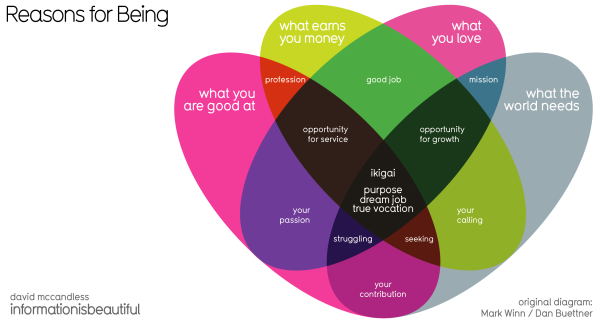


 via
via  via
via 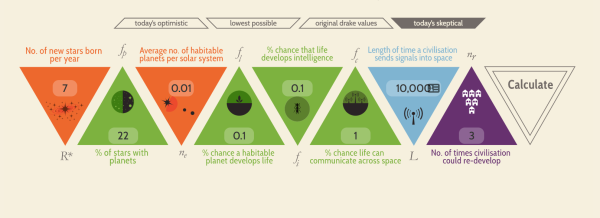
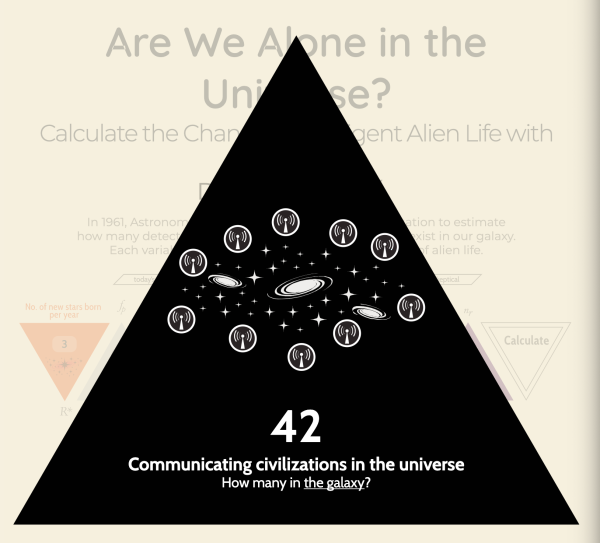
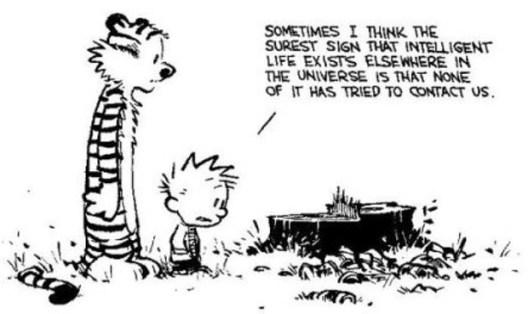


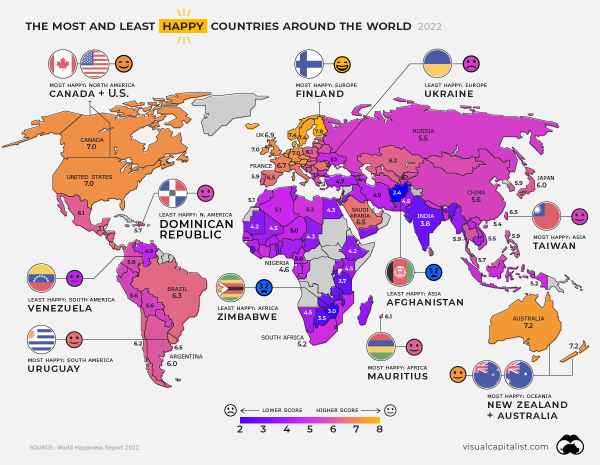 via visualcapitalist
via visualcapitalist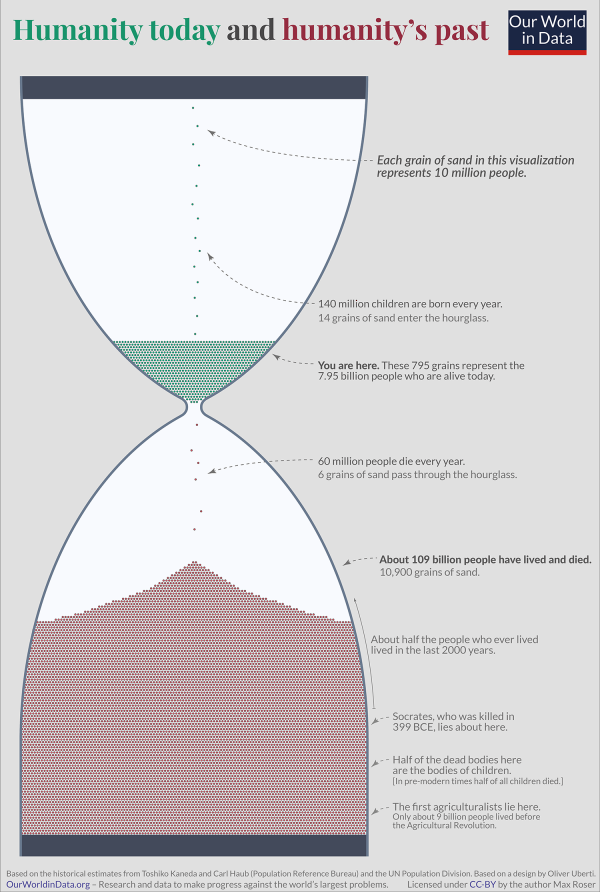 via
via